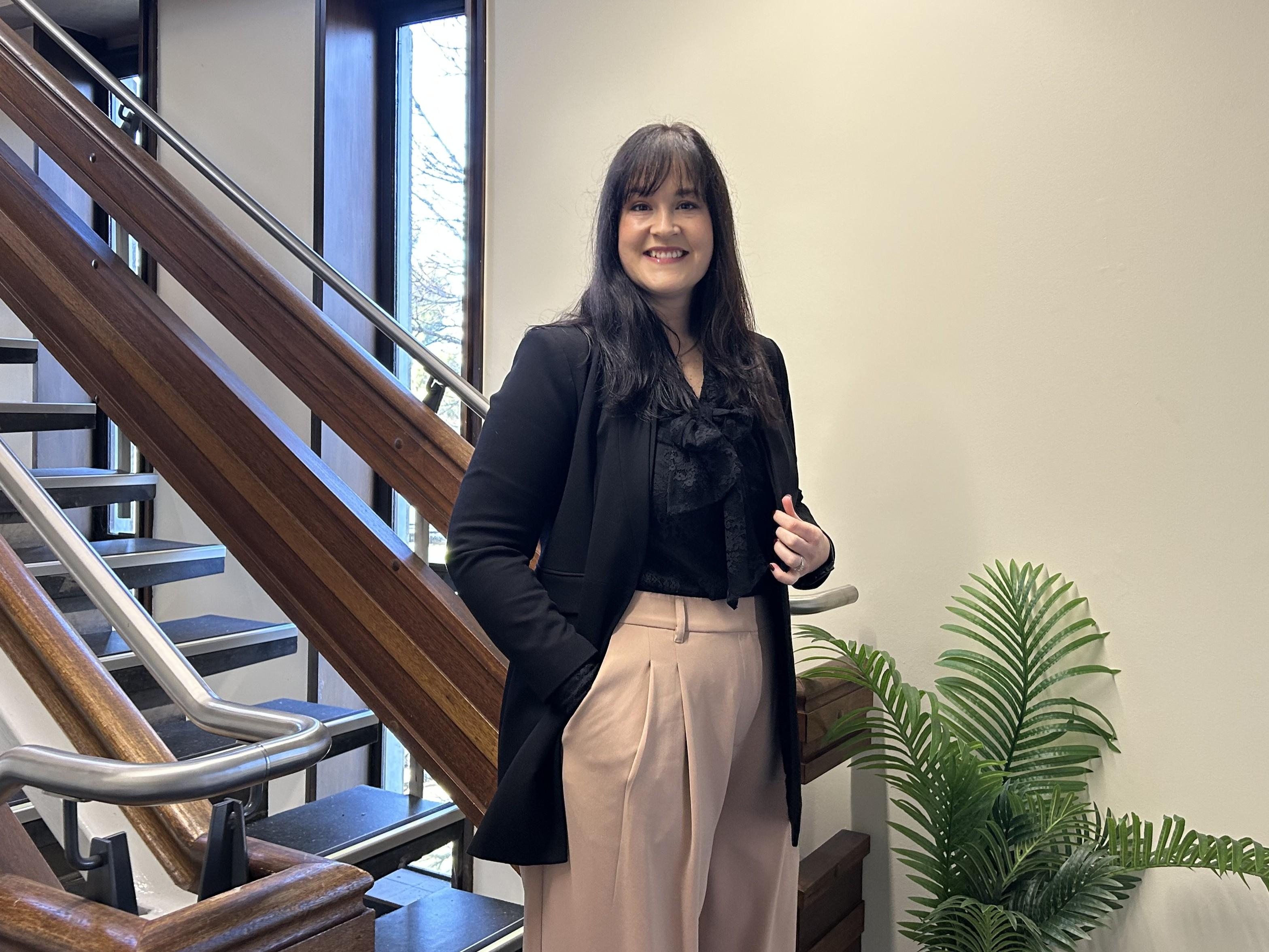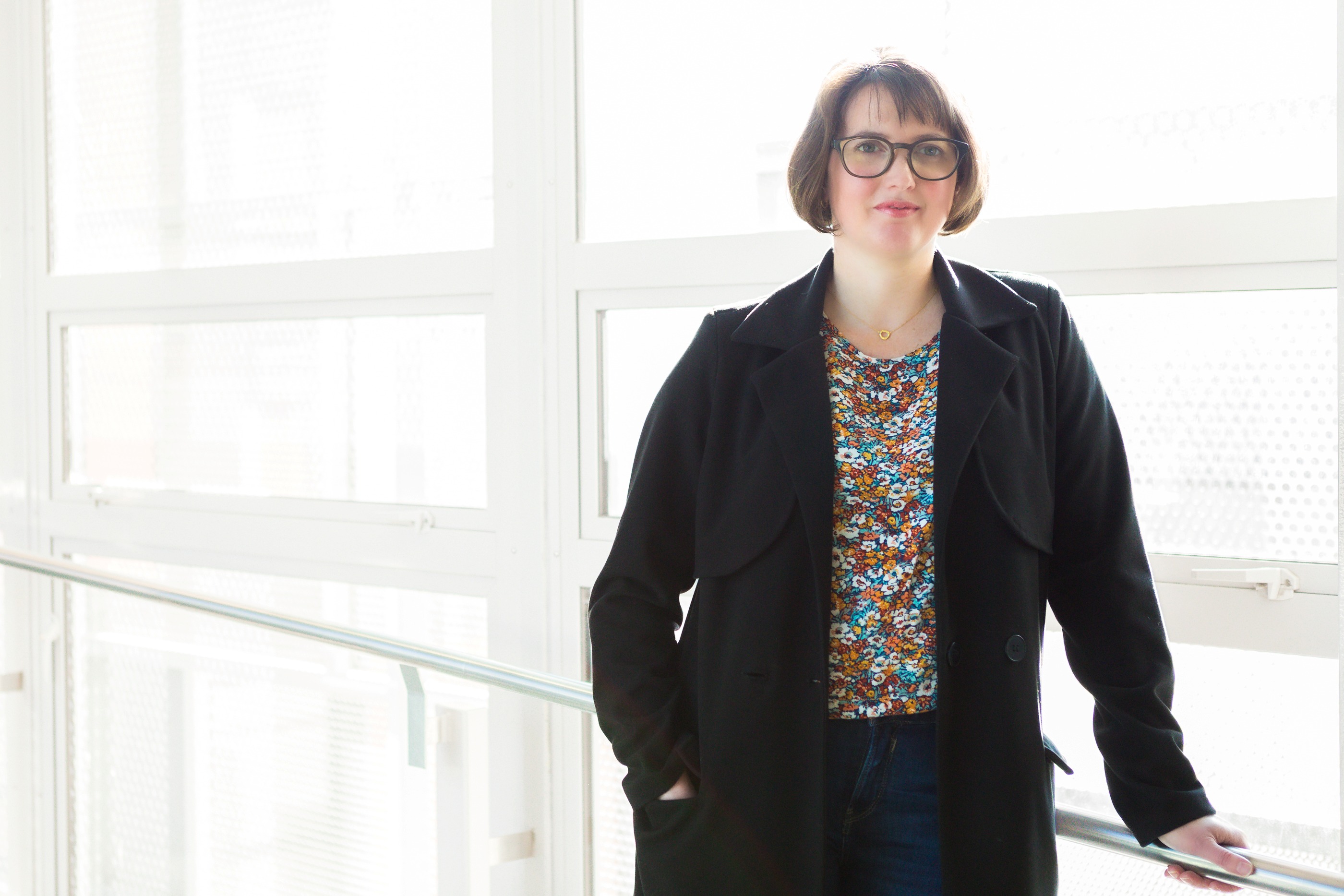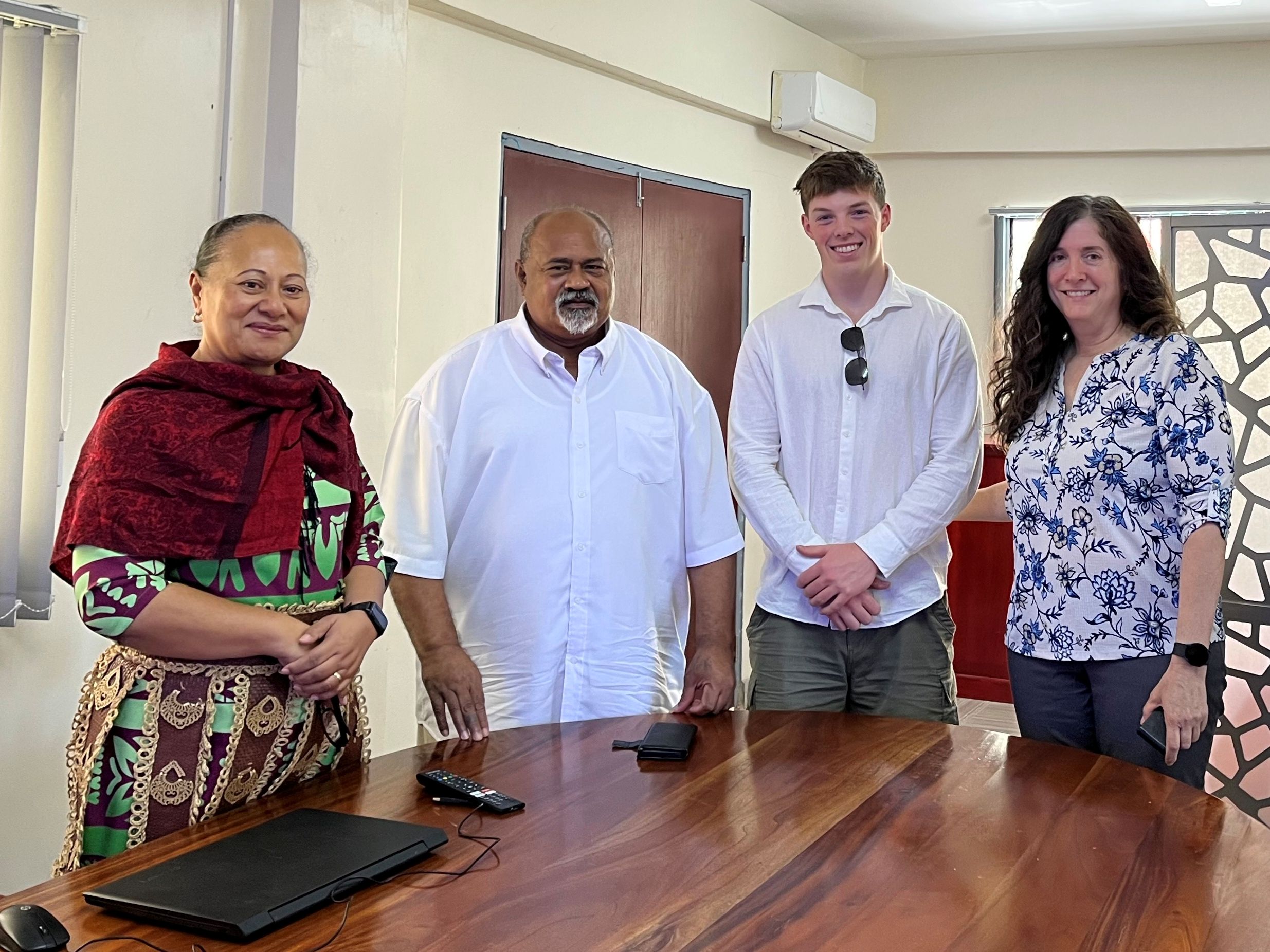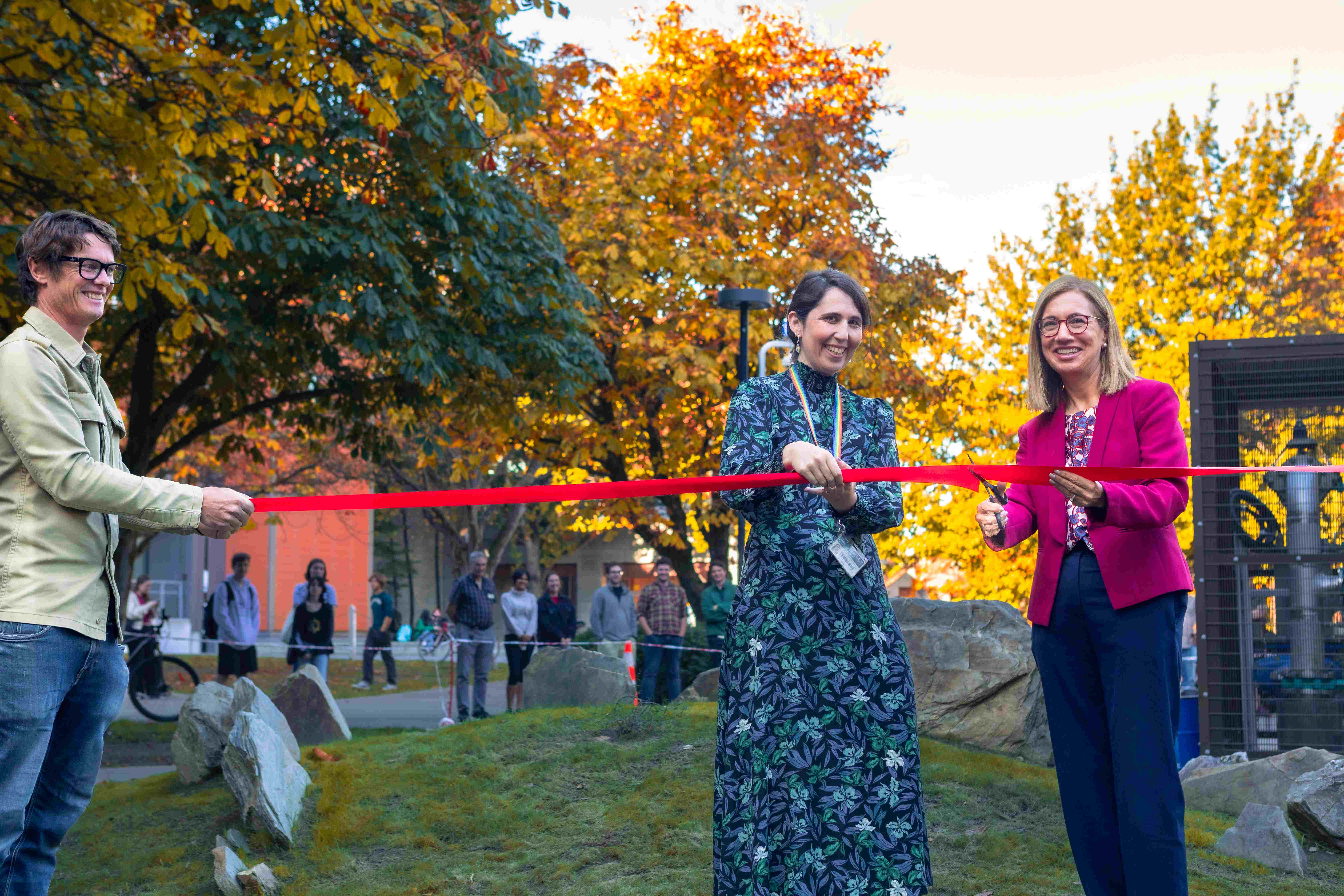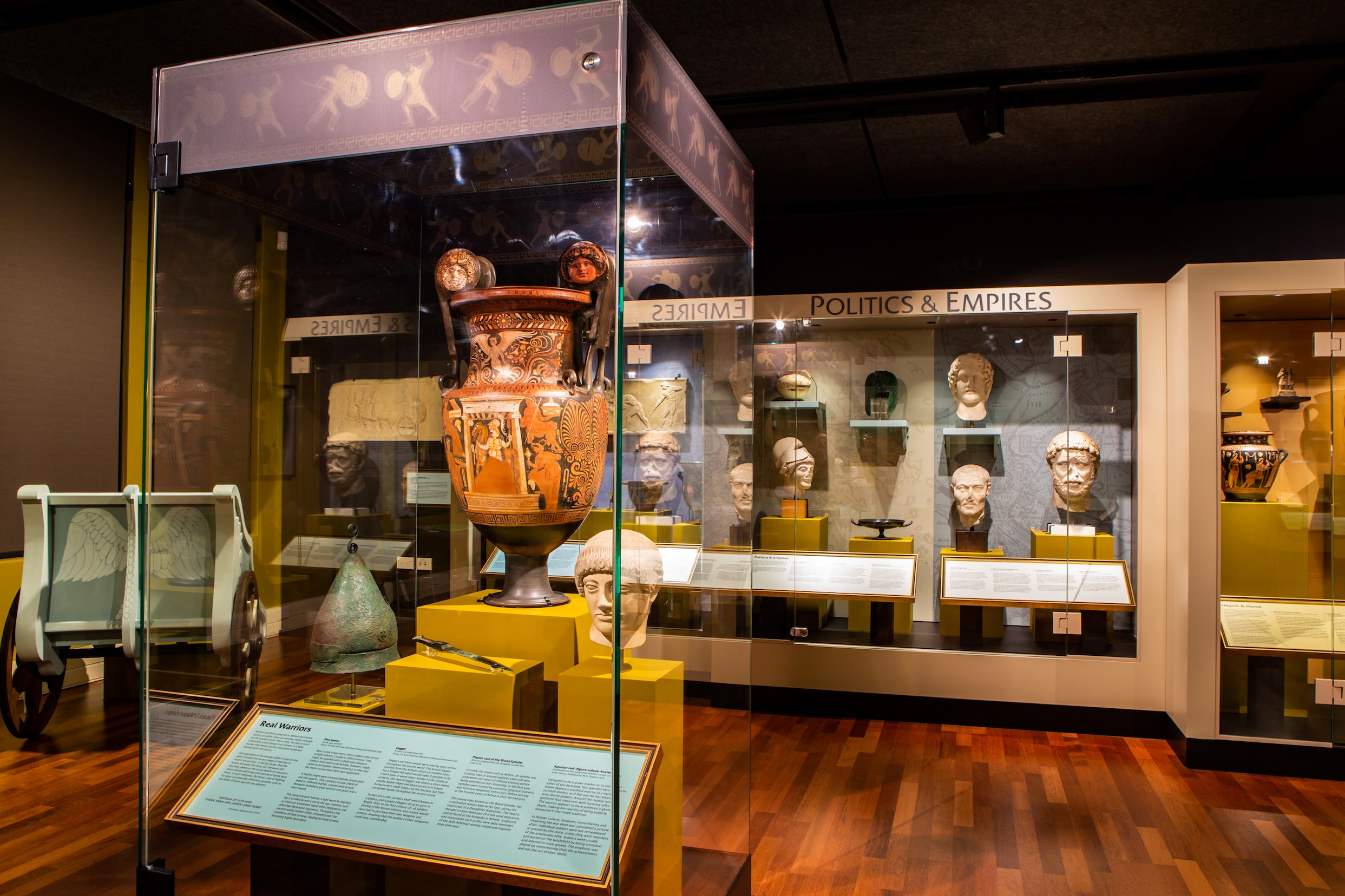As a child, Justin spent his summers building tree forts from waste lumber in the forest beyond his backyard. That tree fort planted a seed for building that came to fruition in his first year of university.
Justin grew up in a small mountain town in Canada, playing ice hockey and doing downhill skiing same as any Canadian kid would. He completed his Bachelor at the University of British Columbia (UBC) and joined the timber design build firm StructureCraft. At Structurecraft, Justin solidified his passion for timber engineering and building. Of particular note, Justin worked as a structural engineer to deliver T3, a seven storey mass timber building that was the largest modern timber building in the United States on completion in 2016.
He first heard of the University of Canterbury while StructureCraft was constructing the Oregon State Univeristy Peavy Hall building. This timber building used innovative and low-damge seismic design techniques that were developed starting in 2005 at the University of Canterbury. Justin soon discovered that his now supervisor, Dr. Minghao Li, was also an alumni of UBC and a connection was made. This led to Justin starting his PhD at the University of Canterbury in September 2017.
With his youthful tree fort building enthusiasm ever prevalent, Justin is working to promote safe buildings and to provide innovative timber seismic design to realize the potential of our sustainable timber products.
We spoke to Justin to learn more about his PhD research at the university of Canterbury.
"To resist seismic forces, it is common for buildings to contain a central concrete structural tube / core up the height of the building to hold it upright. For building occupants, this structural core is where the buildings elevator/lift shafts and staircases are located. In my research, I am demonstrating that these structural tubes can be made of timber to build lighter, more eco-friendly buildings. Nowadays, small timber pieces (4x2 boards) are glued together to make large solid timber panels – these solid timber panels can be 3m wide, 12m long, and up to 500mm in thickness! Timber weight is approximately 1/5th concrete, and because seismic forces are proportional to the building weight, a timber building will experience a much lower seismic force. Another challenge in seismic design is minimizing damage when a building is subjected to an earthquake. In this research we are connecting the solid timber walls to the foundation with steel rods to control the buildings motion and recenter the building after an earthquake. The steel rods are post-tensioned (stretched) like an elastic band during construction to initially compress the timber and keep the walls in position. During an earthquake, the building will move in a controlled manner and recenter because the steel rods want to return to their original position. This low-damage research in timber started at the University of Cantebury in 2005. Aotearoa New Zealand’s earthquake hazard, combined with climate change, is fuelling interest in innovative, sustainable and low-damage building solutions." said Justin.
Outside of his research, you will find Justin running around “The Hag” (Hagley Park) or in the Port Hills training for the next marathon, surfing at Sumner, or off on a weekend tramp – enjoying New Zealand’s backyard as he did in Canada.
Follow us on Facebook and Instagram to get all the latest update about the Civil and Natural Resources Engineering Department.



